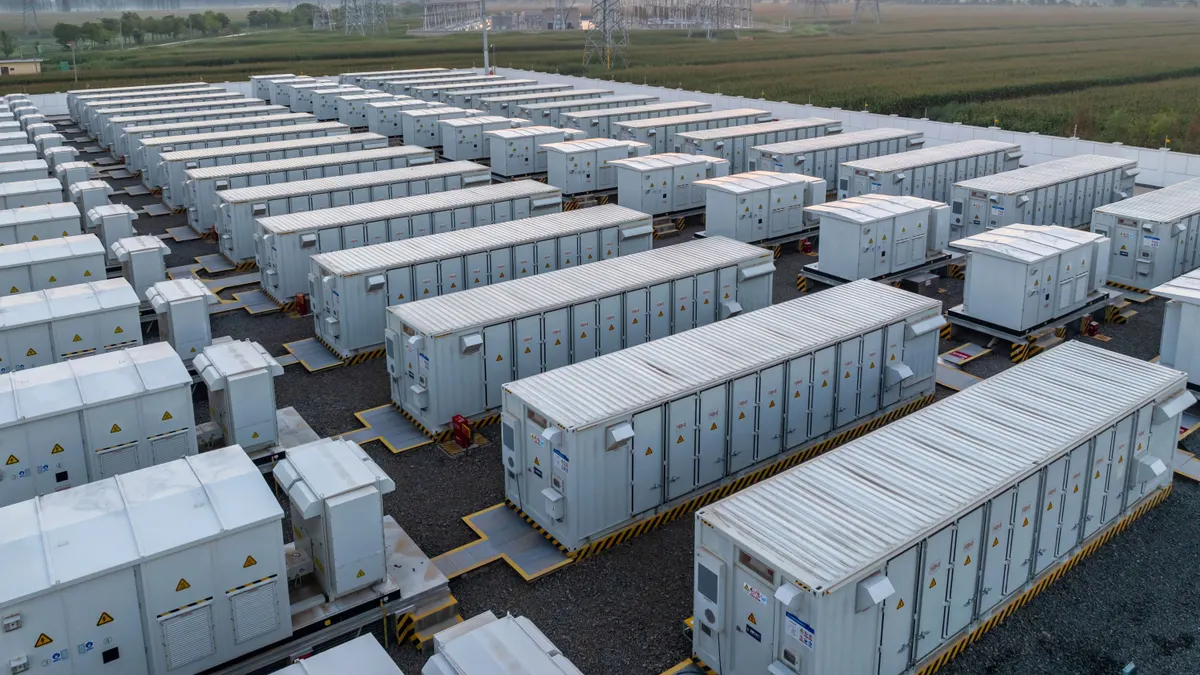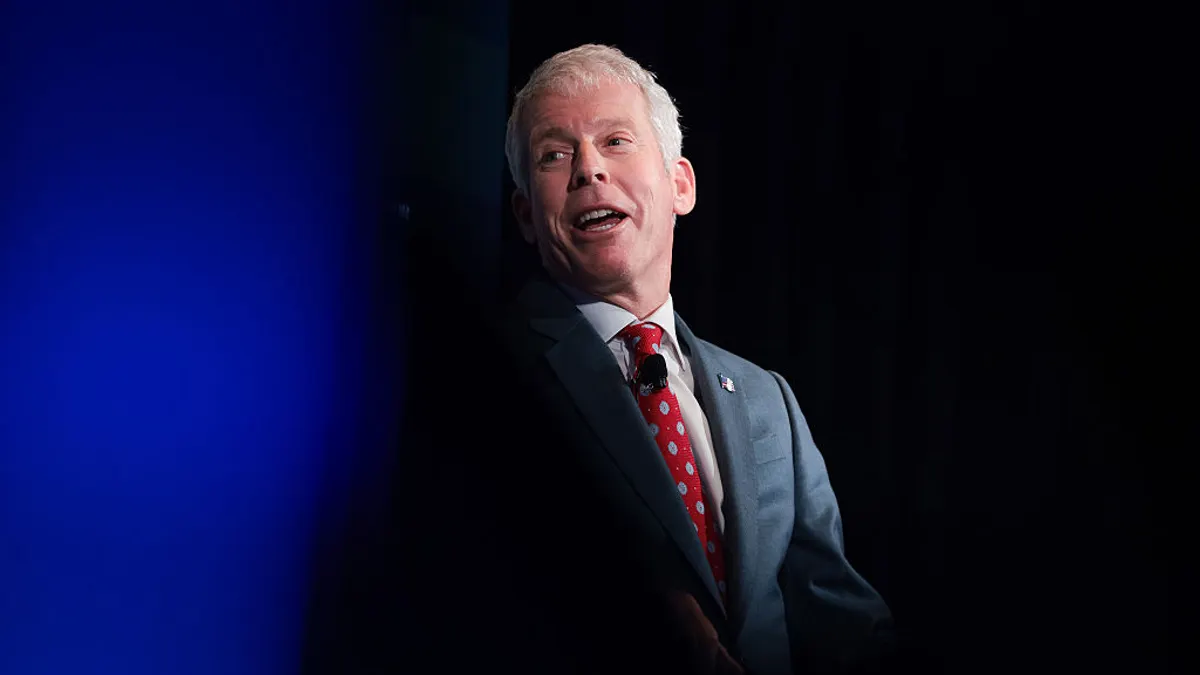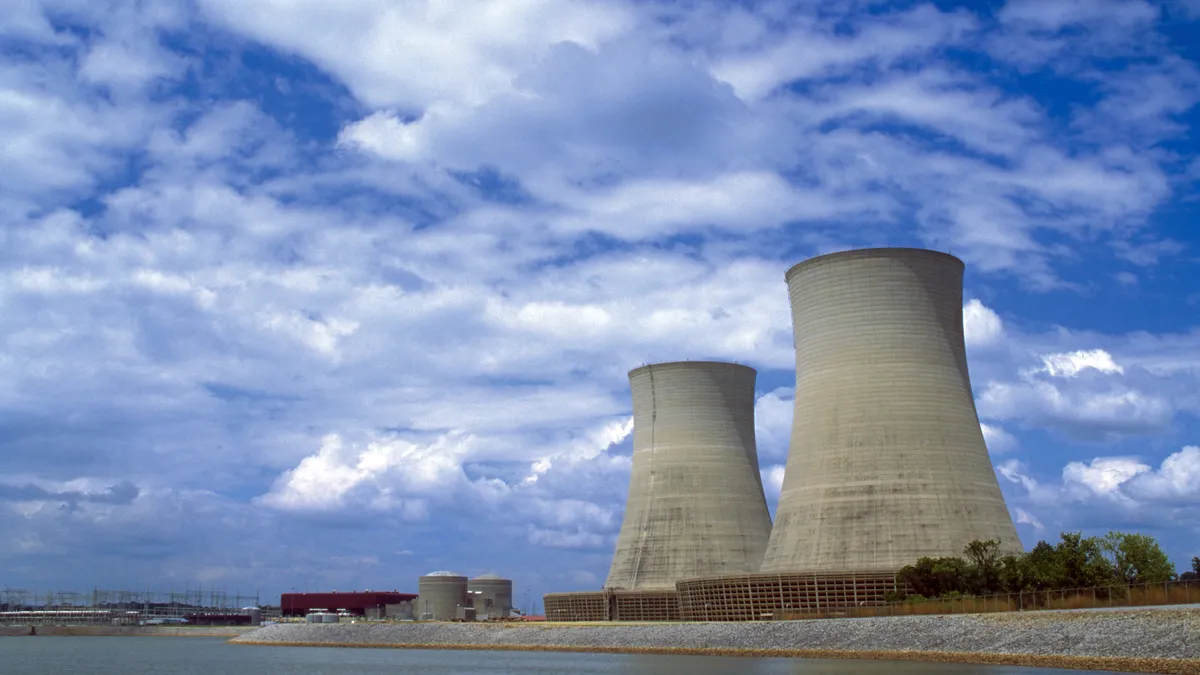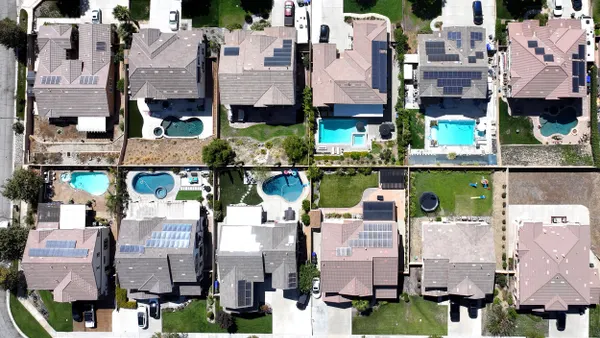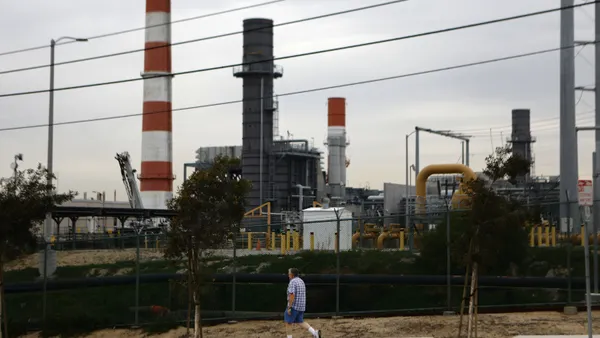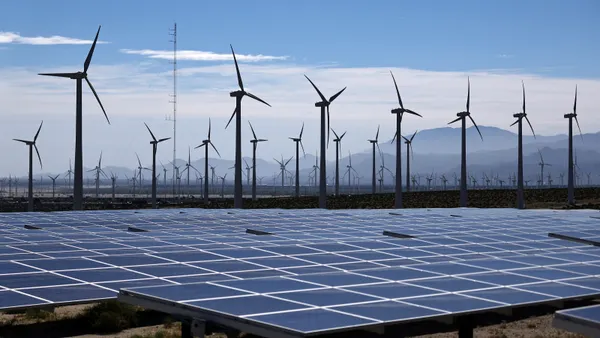Adding about 11 GW of batteries in the Midcontinent Independent System Operator footprint could save about $27 billion in system costs by 2035, according to a study prepared for the American Clean Power Association.
The batteries would store low-cost, excess electricity and deliver it to the grid during peak demand periods, helping lower costs in those hours, Aurora Energy Research said in the July 29 report.
Aurora’s modeling found that under its “central” battery scenario, in which batteries are added based on projects’ economic viability, MISO peak power prices on a day in May 2035 would hit $85.90/MWh compared to $245.30/MWh if no more batteries are added to the grid operator’s system.
Without the battery storage, average wholesale power prices would increase by $1.40/MWh by 2035, adding about $1.2 billion to overall electricity costs, according to the report.
MISO — with a 127 GW record peak load — has about 125 MW of battery storage on its system, according to the report. The California Independent System Operator — with a 52 GW record peak load — had about 13 GW at the end of last year, according to a May 29 report from the grid operator. Aurora said it expects MISO will have almost 1 GW of battery storage by next spring.
MISO has about 60 GW of standalone storage in its interconnection queue, along with about 175 GW of solar and 42 GW of wind, according to the report.
“Market drivers such as retiring thermal assets, rising demand and high renewables deployment create a favorable environment for battery buildout, coupled with declining [capital expenditures], strong federal clean energy tax credits and the relative ease of deployment of energy storage,” Aurora said in the report.
Batteries in MISO can “stack” revenues from wholesale energy arbitrage, ancillary services and capacity payments, Aurora said.
Aurora pointed to the Electric Reliability Council of Texas to highlight benefits battery storage can bring to the grid.
On one day in 2023, batteries discharged enough electricity in the ERCOT service area to prevent load sheds, according to the report. And last year, 3 GW of batteries provided enough ancillary services so that an equivalent amount of gas-fired power could act as baseload generation, helping to push down systemwide real-time prices, Aurora said.
Aurora assumed extensions of the federal production and investment tax credit for wind and solar. However, the July 4 tax and spending bill phases out wind and solar tax credits. It maintains existing tax credits for storage facilities.
MISO runs the electric grid and wholesale power markets in 15 states from Louisiana to North Dakota, and in Manitoba, Canada.



